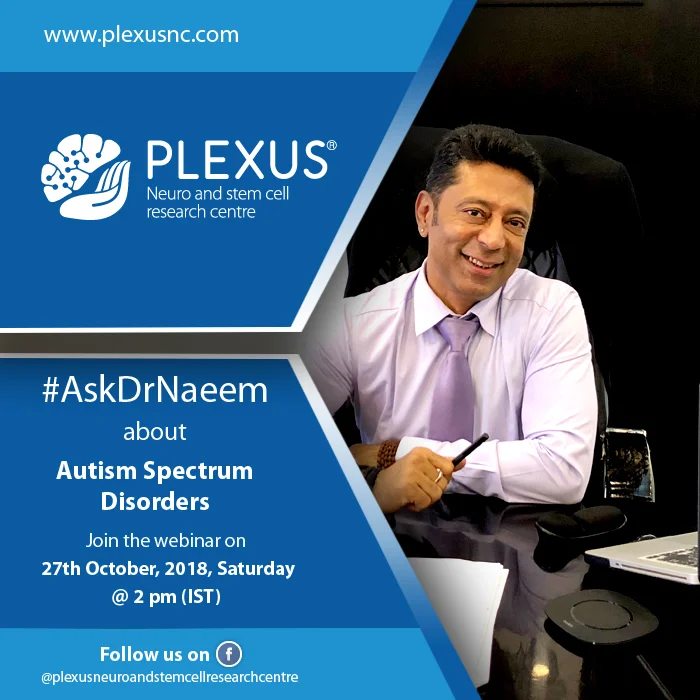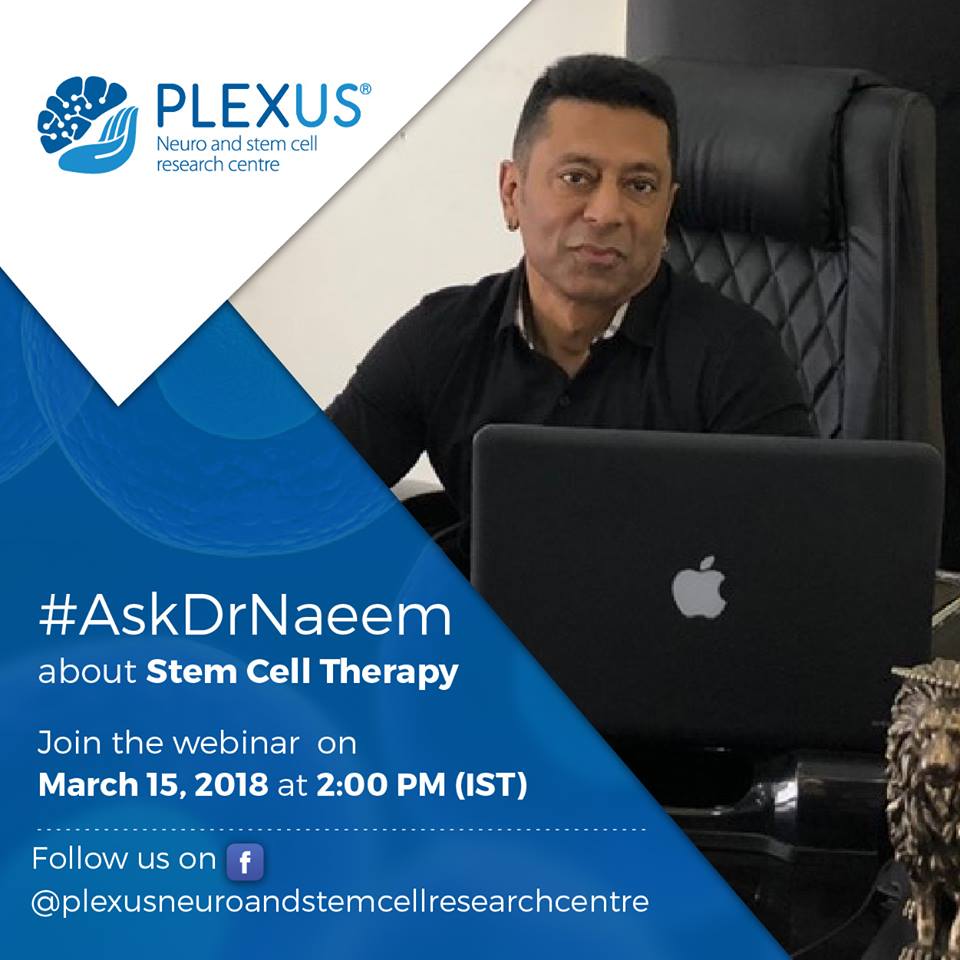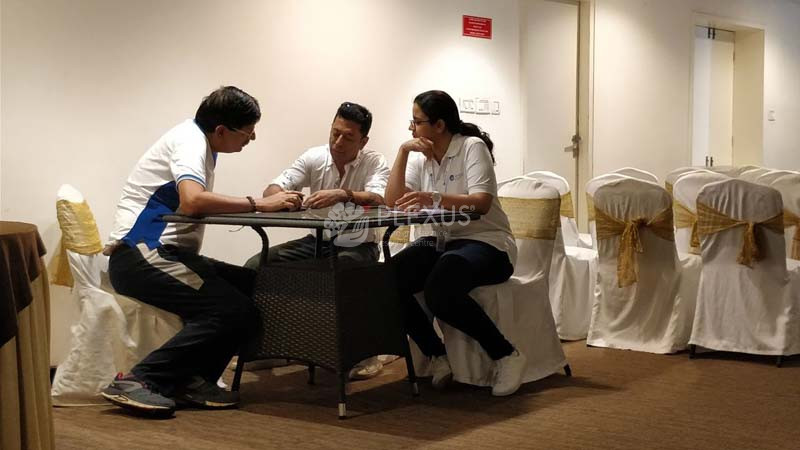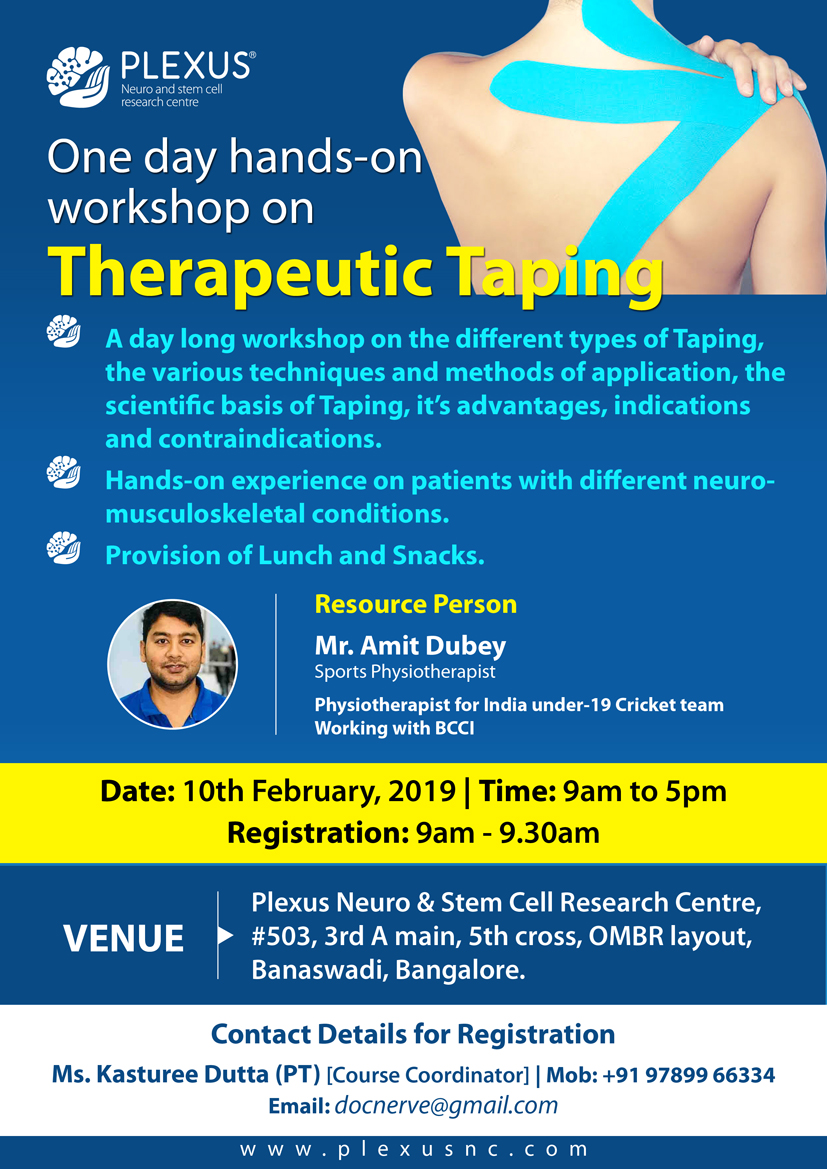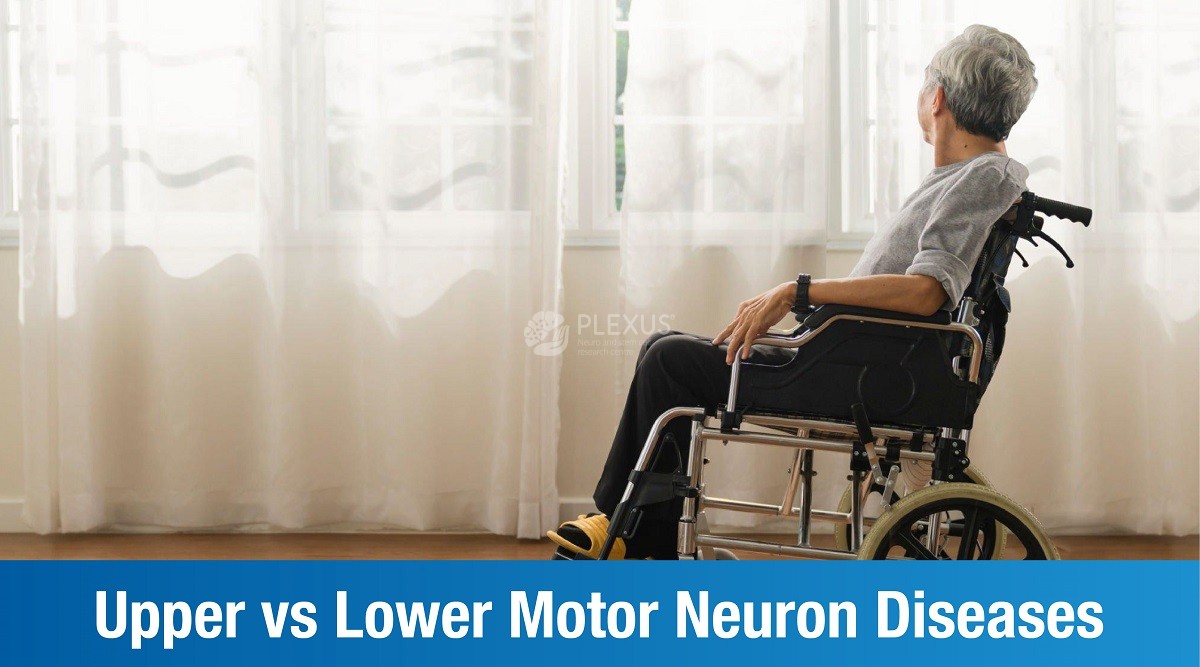
When we receive a Motor Neuron Diagnosis (MND) diagnosis, our first worry is about the extent to which our life is going to change because of the neurodegenerative disorder. Muscle weakness can leave us feeling extremely tired, physically invalid, and even emotionally disturbed. Not being able to perform simple everyday tasks can take a heavy toll on the individual’s mental health.
But, the first step to living with MND is to understand the course of treatment that will work best. And to receive the best treatment for MND one has to know the type of MND they have.
In this article, we will help you understand the difference between upper motor neuron diseases and lower motor neuron diseases.
What is Motor Neuron Disease (MND)?
MND is a group of neurodegenerative disorders that selectively affects motor neurons, the cells which control all the voluntary muscles of the body. Voluntary muscles are responsible for performing movements under one’s will.
Treatment for MND includes Cell Therapy, Physiotherapy, Occupational Therapy, and Speech Therapy.
Understanding Motor Neurons
There are two kinds of neurons in the body – the upper motor neurons in the brain, and the lower motor neurons in the spinal cord.
Role of Upper Motor Neurons
The upper motor neurons transmit messages to the spinal cord from the brain.
Role of Lower Motor Neurons
The lower motor neurons transmit messages from the spinal cord to the muscles.
Essentially, the motor neurons control voluntary movements in different parts of the body.
motor neuron diseases (MND) are classified as upper MND and lower MND based on which neurons have been affected.
Symptoms of Upper Motor Neuron Disease
The symptoms of upper MND are:
- Hyperactive reflexes
- Increased muscle tone
- Weakness (without serious atrophy)
- Rigidity
- Spasticity
- Tremor
- Minimal paralysis of voluntary muscles
- Dystonia (repeated and/or involuntary twisting movements)
- Involuntary contractions of the extremeties
- Irregular movements in the distal extremities
Symptoms of Lower Motor Neuron Disease
Lower motor neurons are in the central and peripheral nervous systems. They control the skeletal muscles of the body. Below are the symptoms of lower MND:
- Atrophy
- Flaccidity
- Muscle twitching
- Ipsilateral weakness of individual muscles
- Loss of muscle tone
- Weak or absent deep tendon plantar and abdominal reflexes
Bell’s Palsy is the most common type of lower MND. Amyotrophic Lateral Sclerosis (ALS), Primary Lateral Sclerosis (PLS) and Multiple Sclerosis (MS) are a combination of upper and lower MND.
Key Differences Between UMN and LMN Disorders
An upper motor neuron lesion is the inflammation of/along the neural pathway. The lesions are above the motor nuclei of the cranial nerves or the anterior horn of the spinal cord.
Upper motor neuron lesions result in spastic hyperreflexia and muscle weakness. Whereas, lower motor neuron lesions affect nerve fibers traveling from the anterior horn (of the spinal cord) and relaying messages to the muscles. Lower motor neuron lesions are typically caused by
- Spinal cord injury with nerve root compression
- Poliomyelitis
- Peripheral neuropathy
- And even MND
An MND diagnosis is critical because its symptoms may be typical of other neurological diseases too. However, an MND diagnosis in the initial stages may be difficult. In order to arrive at a proper diagnosis, the neurologist may ask for the following tests:
- Electromyography (EMG) to measure electrical activity of muscle in response to stimuli
- MRI of brain and spine
- Lumbar puncture to assess the spinal fluid
- Blood tests
Plexus MND Rehabilitation
Plexus offers Cell Therapy that has greatly benefited patients with MND. Autologous Bone Marrow Derived Cells can slow the rate of neurodegeneration and possess the unique ability to self-renew, regenerate the cell, and repair damaged tissue.
Choosing Plexus for your treatment ensures you are treated by India’s foremost neurologist and Autologous Bone Marrow Derived Cell specialist, Dr Na’eem Sadiq. Along with his team of dedicated, compassionate, and highly-experienced Autologous Bone Marrow Derived Cell specialists, Dr Sadiq brings you the best treatment for MND in the form of regenerative rehabilitation. This includes:
- Endurance training and fatigue management
- Strengthening of shoulder muscles, upper and lower limbs, oral structures
- Functional stretching to relieve rigidity and stiffness
- Dysphagia management
- Activities of Daily Living training (ADL)
- Energy conservation and work simplification training
- Functional splinting
- Hand function training
- Counseling and caregiver education
Book an appointment with us today.
WhatsApp +91 89048 42087
Call +91 78159 64668 (Hyderabad) | +91 82299 99888 (Bangalore)
FAQs
What is the main difference between upper and lower motor neuron diseases?
Upper motor neuron diseases involve the brain and spinal cord, causing spasticity and hyperreflexia, while lower motor neuron diseases affect the peripheral nerves, leading to muscle weakness and atrophy.
What are common signs of upper motor neuron lesions?
Common signs include spasticity, hyperreflexia, clonus, and the Babinski sign, often leading to weakness without muscle wasting.
Which diseases affect both upper and lower motor neurons?
Diseases like Amyotrophic Lateral Sclerosis (ALS) affect both upper and lower motor neurons, causing a combination of spasticity and muscle atrophy.
How is motor neuron disease diagnosed at Plexus?
At Plexus, motor neuron disease is diagnosed through clinical evaluation, neuroimaging, electromyography (EMG), and genetic testing.
Can cell-based therapy help in motor neuron diseases?
Cell-based therapy shows promising potential in treating motor neuron diseases by targeting nerve regeneration and modulating the immune response, though it remains an evolving area of research.

